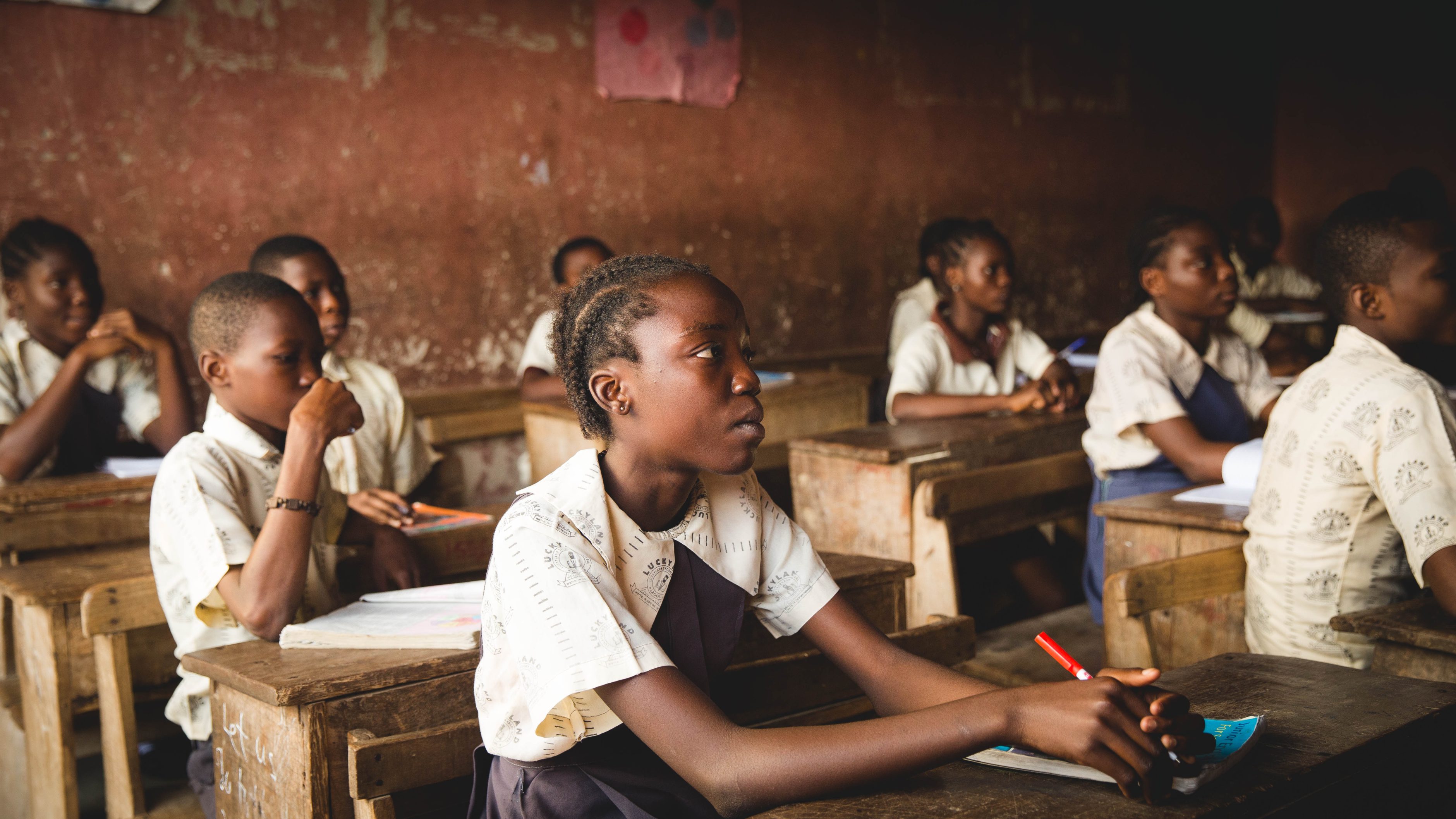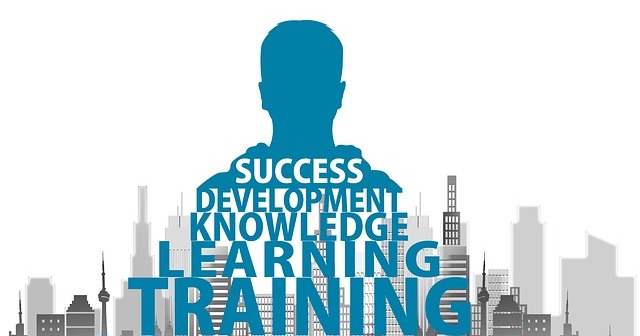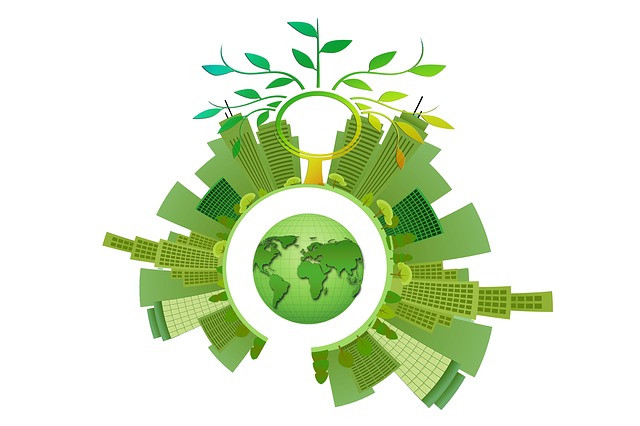Literacy, the ability to read, write and communicate, is key to the growth and development of individuals, families and communities. From an historic and global perspective, the news about overall literacy rates is good. In 1820 only 12 percent of the world’s population was literate; today the percentage of people who are illiterate hovers at about 17 percent.
That’s the good news. The bad news is that globally, especially in rural areas of developing countries (particularly sub-saharan Africa), there are still tremendous barriers for girls when it comes to education — and this plays out in literacy rates.
According to UNESCO, the United Nations Educational, Scientific and Cultural Organization:
“Of the world’s 774 million illiterate adults, 2/3 are women. The share of illiterate women has not changed for the past 20 years. Among the world’s 123 million illiterate youth, 76 million are female. These gender disparities remain persistent, with little change over time.”
Currently, in one third of countries, there are more boys than girls enrolled in primary school. While this is an improvement over 20 years ago, it’s still not even close to equitable. The problem becomes greater at the secondary level. The level of disparity varies greatly by country. In Pakistan, fewer than 85 percent of girls were enrolled in primary education in 2015 whereas in neighboring India, more girls than boys are enrolled.
There are a multitude of reasons girls do not have equal access to education, ranging from lack of female role models, to the attitudes of the family, and society, in which these girls are raised. If it is assumed that the role of a girl is only domestic, to get married at a young age, it’s a disincentive to pursuing even basic education. But, the problem must be addressed precisely because women are so often at the center of a family.
The statistics that demonstrate the benefits of educating women play out in ways that are very personal. For instance, healthier children — a child born to a mother who can read is 50 percent more likely to survive past age five.
Lack of basic reading skills affect the daily lives of millions of women and girls. They cannot read a book or a newspaper, write a simple sentence or send a text, they cannot work at jobs that require reading and writing and therefore are forced into menial labor (if they can work outside the home at all.)
Fortunately, the problem has international attention and there are a number of organizations working on both access to education for girls and on keeping girls in school longer.
UNESCO’s reports are the result of efforts by multiple countries that are now holding themselves accountable, and focusing on education for girls. In one initiative, Sustainable Development Goal 4, governments “have pledged to achieve universal primary and secondary education by 2030 and to eliminate disparities so that every child and adolescent completes quality education and learning.”
The way in which these goals will be met are varied and multi-pronged. For children to learn, there must be schools and teachers. For girls to attend those schools, and not face gender bias, there need to be more female teachers and textbooks that break from teaching traditional, women-don’t-need-school, messages.
One organization, Room to Read, actually works in collaboration with local communities, partner organizations and governments, to build schools, train teachers and provide educational materials. The main focus is to develop literacy skills and a habit of reading among primary school children and keep girls in school.
International public-private partnerships have certainly improved the literacy status of girls and women over the past few decades. But, there is still a long way to go.
In 1966, Margaret McNamara founded the U.S. organization, “Reading is Fundamental.” Her message and mission, that all children have the right to read and that literacy is the foundation for lifelong growth now needs to spread beyond Washington D.C., and the U.S. and other developed nations, to the children in rural Africa and the villages of Pakistan and beyond.
Especially to the girls.







